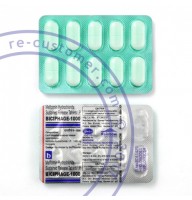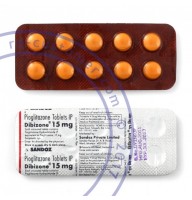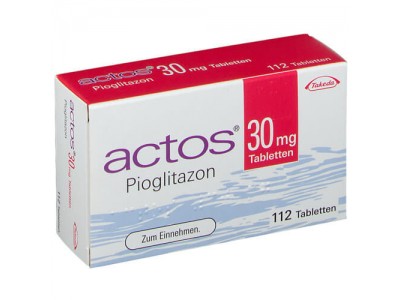Pioglitazone and metformin are both oral medications used to manage type 2 diabetes, but they belong to different classes of drugs and work through distinct mechanisms. Pioglitazone is a thiazolidinedione, while metformin is a biguanide. Pioglitazone works by increasing the sensitivity of muscle and fat cells to insulin, thereby improving the effectiveness of insulin in reducing blood glucose levels. It acts primarily through the activation of peroxisome proliferator-activated receptor gamma (PPAR-γ), which regulates the transcription of insulin-responsive genes involved in glucose and lipid metabolism. By improving insulin sensitivity, pioglitazone helps the body use insulin more efficiently, which reduces blood sugar levels.
Metformin, on the other hand, primarily reduces hepatic glucose production and increases insulin sensitivity, but it does so through a different pathway. Metformin activates AMP-activated protein kinase (AMPK), an enzyme that plays a role in cellular energy homeostasis. This activation leads to decreased gluconeogenesis in the liver and increased glucose uptake by peripheral tissues, particularly muscles. Additionally, metformin slows the absorption of glucose from the intestines and improves the body’s response to insulin without causing significant increases in insulin secretion.
Both drugs have distinct side effect profiles. Pioglitazone can cause weight gain and has been associated with fluid retention, which can lead to heart failure in susceptible individuals. It also has a potential risk of bladder cancer with long-term use. Metformin, meanwhile, is generally weight neutral or can cause modest weight loss, but it can cause gastrointestinal side effects such as diarrhea, nausea, and abdominal discomfort. A rare but serious side effect of metformin is lactic acidosis, particularly in patients with renal impairment or other risk factors.
In clinical practice, metformin is often the first-line treatment for type 2 diabetes due to its efficacy, safety profile, and additional benefits such as weight management and cardiovascular protection. Pioglitazone is typically used as an add-on therapy when glycemic control is not achieved with metformin alone or in patients who are intolerant to metformin. Each medication offers unique benefits and risks, and the choice between them depends on individual patient characteristics, comorbidities, and treatment goals.


